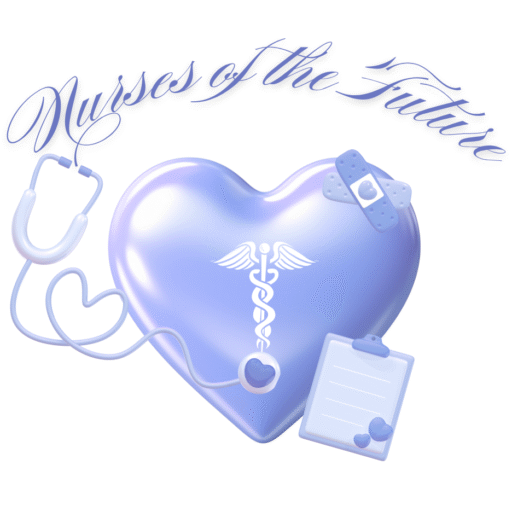by Hani Hamdan
Introduction:
The attachment styles, which scientists categorize into four main styles (secure, anxious, avoidant, and disorganized), have been one of the most researched topics in psychology, providing an essential role in human relationships and emotional well-being. Trauma, on the other hand, was found to be a detrimental factor in mental health in general, so what is the relationship between attachment style and trauma, and how do various kinds of trauma affect it? Let’s look at four studies that examine this relationship.
Attachment style, trauma, and alexithymia:
The first study sees if alexithymia (difficulty identifying and expressing emotions) can be the link between trauma, attachment style, and depression. Here we see that alexithymia partially mediates childhood trauma (emotional abuse, emotional neglect, and overall trauma score) with depression, and it’s shown that anxious attachment is partially mediated by alexithymia in predicting depressive symptoms, unlike avoidant attachment, in addition to physical and sexual abuse not show significant mediation through alexithymia. Also, emotional neglect, abuse, and physical neglect in childhood may impair emotional development, increasing alexithymic traits, and these traits increase the vulnerability to depression in adulthood, additionally linking early trauma and insecure attachment with emotional processing deficits.
Attachment style, childhood trauma, and personality organization:
The second study shows that childhood trauma can predict insecure attachment and deficits in personality organization (based on Kernberg’s psychoanalytic model), and these deficits are strongly associated with increased negative emotions (especially anger, fear, and sadness). On the other hand, secure attachment styles are correlated with positive emotions like playfulness, curiosity, and empathy, and it also shows that emotional dysfunction in adulthood is not caused by trauma, but is linked to attachment style and personality structures. In addition to the study found some indirect results indicate that trauma affected primary emotions (based on Panksepp’s Affective Neuroscience framework) by reducing play and care, and increasing fear and sadness, and anger regulation is especially affected by personality organization, and in a broader way, attachment styles influence emotional expression and regulation.
Attachment style and suicidality:
The third study investigates how attachment style in adulthood can predict suicidality rate and links it to trauma, and it shows that insecure attachment styles, specifically anxious and disorganized (which are associated with: low self-esteem, hopelessness, pessimism, poor emotion regulation, and interpersonal difficulties), are strongly linked to high suicide risk, and this can be attributed to childhood emotional neglect or inconsistent caregiving which can lead to developing suicidal thoughts, and also adolescents with insecure attachment showed greater suicidal ideation and planning, especially when paired with family instability or unresolved trauma. Additionally, this study tries to give two hypotheses to explain this phenomenon, one is the oxytocin’s role (which is a neurochemical linked to social bonding), that maybe can influence attachment and depression, but the findings are mixed. And two is the separation anxiety disorder (adults who suffer from it reflect excessive fear of abandonment and distress), which may act as a bridge between insecure attachment and suicidality.
Attachment style and PTSD:
The last study is a meta-analysis that examined four styles of attachment and PTSD and how they correlate with each other. Starting with secure attachment, it shows that it played the role of a protective factor for PTSD symptoms, as they show better emotional regulation strategies, more resilience, and they tend to benefit from a stronger social support network, in addition to having adaptive coping mechanisms. Moving to insecure attachment, the study shows a more elevated correlation with PTSD, due to their negative misinterpretation of social interactions, struggling with trust and intimacy, and using maladaptive coping strategies. Now, with the most vulnerable comes the fearful attachment, showing the greatest link to PTSD, and scoring high both in anxiety and avoidance, which is because they crave closeness but fear rejection, displaying conflicted emotional response in post-trauma, and also being victims of isolation, which can amplify trauma impact. The fourth style is preoccupied and anxious attachment. In both of them, they show reflection for hyperactivation strategies (a tendency to amplify distress and ruminate), which may lead to over-reporting symptoms.
Conclusion:
In these four studies, we saw how attachment styles and trauma are very connected, from alexithymia to personality organization and suicidality. It becomes very clear that we can’t understand trauma and attachment styles, each one alone, and we should look at each one of them through the lens of the other.
References:
Woodhouse, Sarah, Susan Ayers, and Andy P. Field. “The Relationship Between Adult Attachment Style and Post-traumatic Stress Symptoms: A Meta-analysis.” Journal of Anxiety Disorders, vol. 35, Oct. 2015, pp. 103–117. https://doi.org/10.1016/j.janxdis.2015.07.002.
Fuchshuber, Jürgen, et al. “The Influence of Attachment Styles and Personality Organization on Emotional Functioning After Childhood Trauma.” Frontiers in Psychiatry, vol. 10, 2019, article no. 643, doi: https://doi.org/10.3389/fpsyt.2019.00643
Miniati, Mario, Antonio Callari, and Stefano Pini. “Adult Attachment Style and Suicidality.” Psychiatria Danubina, vol. 29, no. 3, 2017, pp. 250–259. https://doi.org/10.24869/psyd.2017.250.
Şenkal, İpek, and Sedat Işıklı. “Childhood Traumas and Attachment Style–Associated Depression Symptoms: The Mediator Role of Alexithymia.” Turkish Journal of Psychiatry, vol. 26, no. 1, 2015, pp. 1–7. https://pubmed.ncbi.nlm.nih.gov/26731023/
Extra resources for help:
Online therapy for English speakers:
BetterHelp:
Talkspace:
Online therapy for Arabic speakers:
Online platforms for talking about your mental health problems:
7 cups:
Resources for suicide help:
Suicide Stop:
Befrienders Worldwide:
United States-Based Services:
988 Suicide & Crisis Lifeline: https://988lifeline.org/
Crisis Text Line: https://www.crisistextline.org
United Kingdom-Based Services:
Samaritans: https://www.nhs.uk/mental-health/feelings-symptoms-behaviours/behaviours/help-for-suicidal-thoughts/
Shout: https://www.nhs.uk/mental-health/feelings-symptoms-behaviours/behaviours/help-for-suicidal-thoughts/

Your article helped me a lot, is there any more related content? Thanks!
I don’t think the title of your article matches the content lol. Just kidding, mainly because I had some doubts after reading the article.